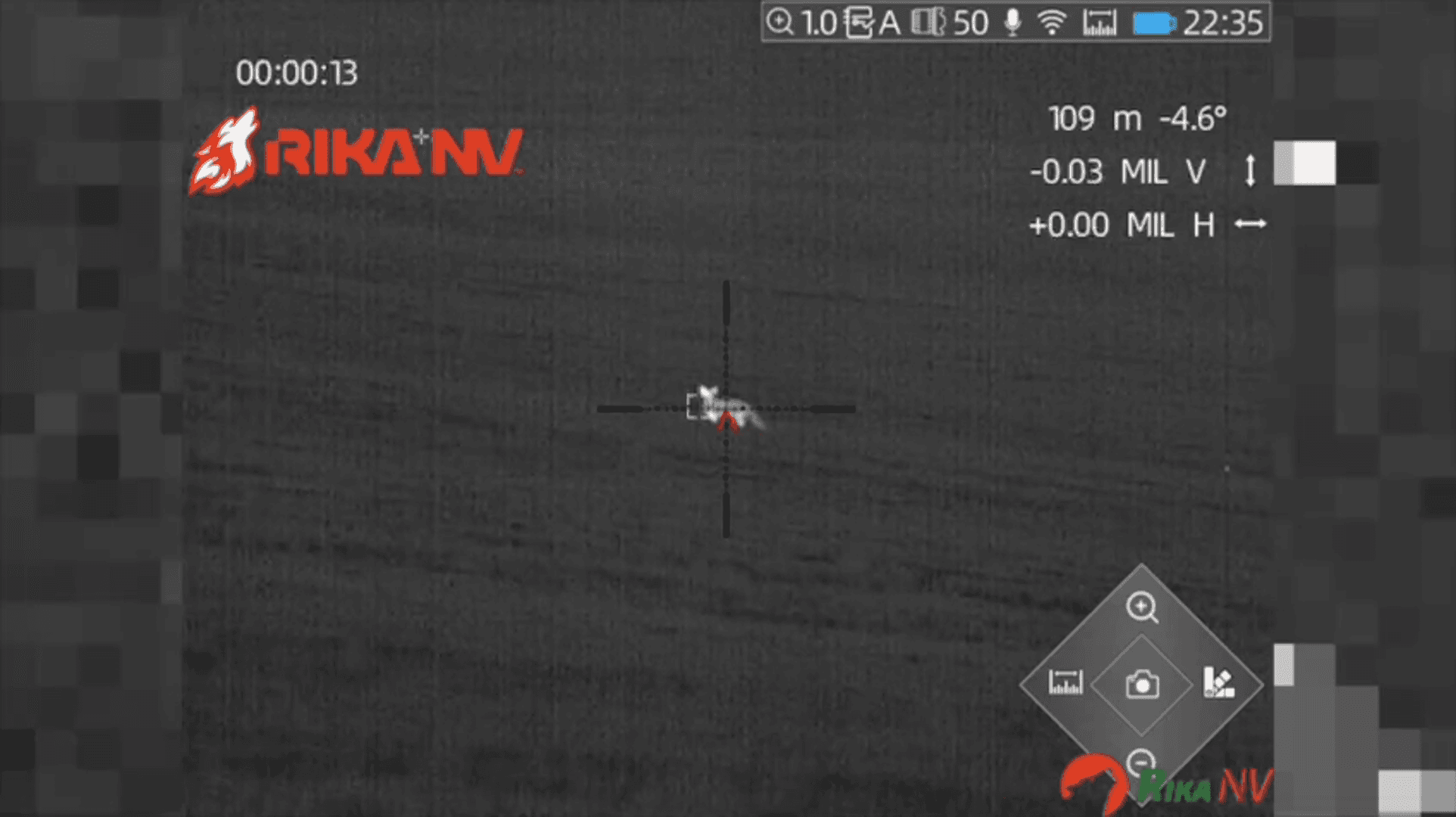
Fox Hunting: Tips and Advice Introduction Fox hunting is an exciting and challenging activity that requires skill and patience. Hunters often face a situation where the first shot is unsuccessful. However, it is important to remember that successful fox hunting requires persistence and the ability to follow through. In this article, we will share useful tips and tell you about modern equipment that will help you in your hunt. Fox Hunting: Key Points Preparing for the hunt. Before you go fox hunting, it is important to thoroughly prepare. Make sure you have all the necessary equipment, including high-quality optics. The RikaNV Lesnik 350L thermal imaging sight is an excellent choice for hunters looking to improve their chances of success. [Learn more about the RikaNV Lesnik 350L](https://rikasale.ru/product/rikanv_lesnik_350l/). Hunting tactics. When hunting a fox, it is important to consider the animal's habits. Foxes are cunning and cautious creatures, so use tactics that will he
Post: 24 December 09:17















































